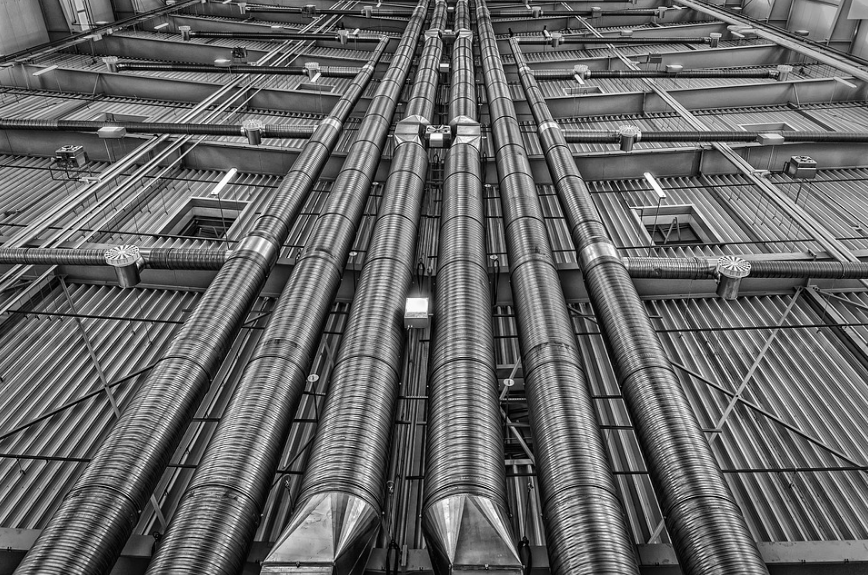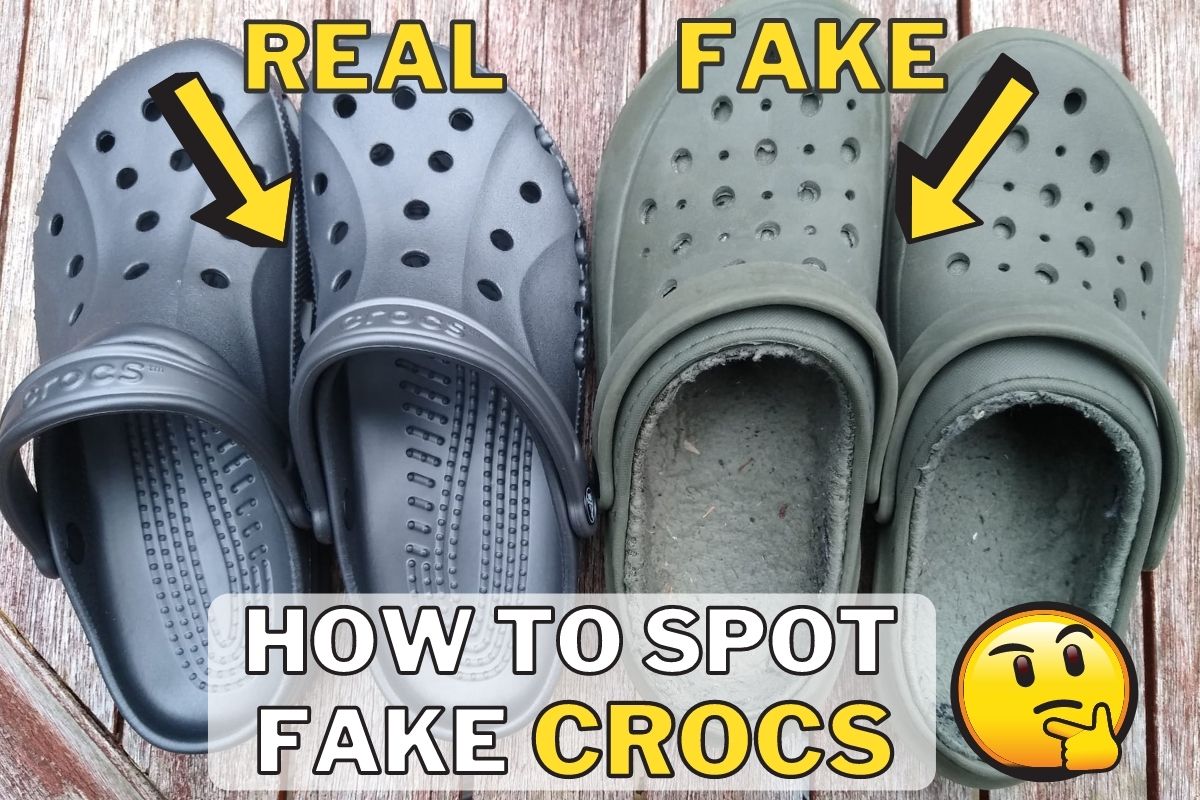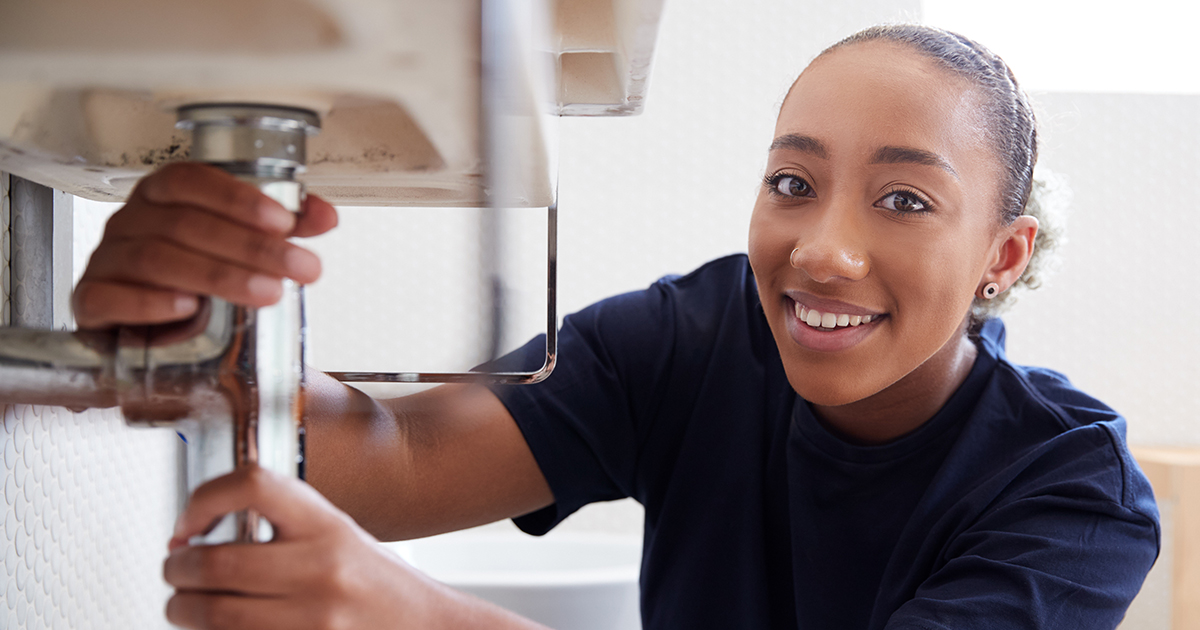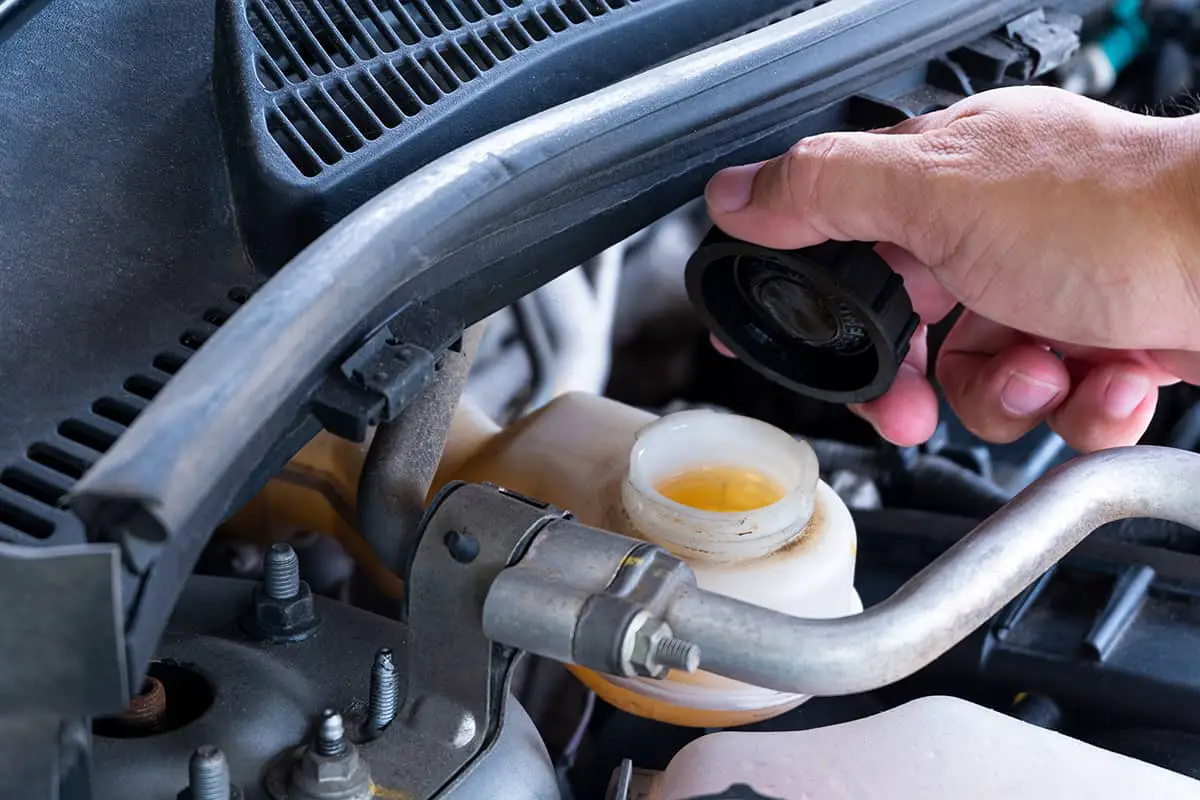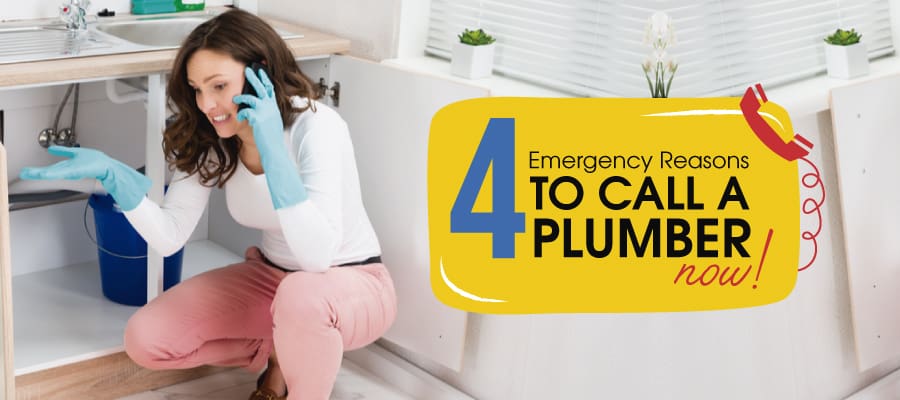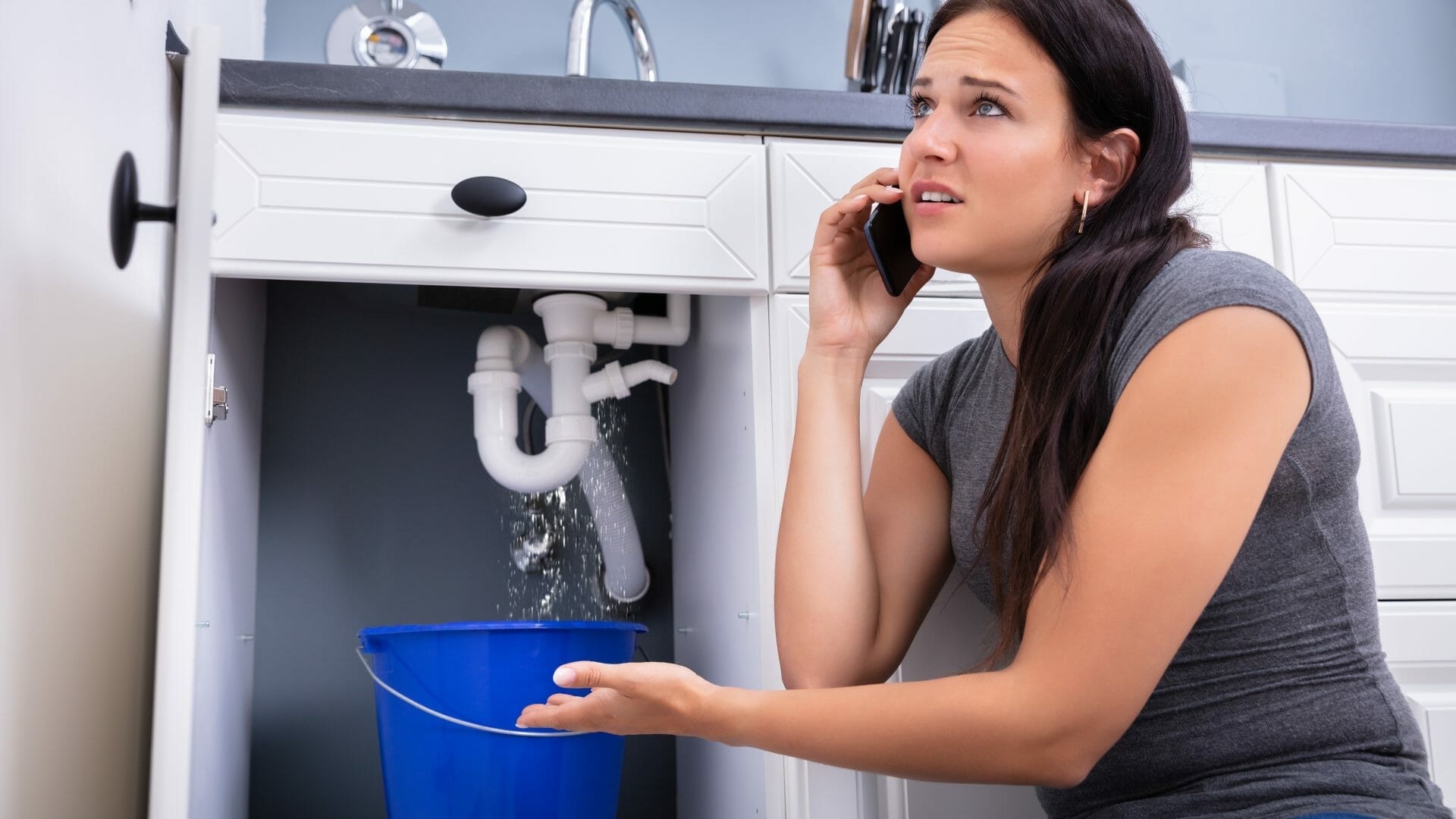If you notice a sudden drop in water pressure in your kitchen sink with sprayer, the first thing you should check is the aerator. This small mesh screen at the end of your faucet can become clogged with mineral deposits, debris, or sediment over time, causing a decrease in water flow. To check the aerator, unscrew it from the faucet and rinse it off in a mixture of water and vinegar to remove any buildup. If the aerator is damaged or too clogged to clean, it may need to be replaced.Check the aerator
Another possible cause of low water pressure in your kitchen sink with sprayer is an issue with the water supply. If you have recently had work done on your plumbing or there has been construction in your area, there may be a temporary reduction in water flow. You can check with your utility company to see if there are any known problems with the water supply in your area. Additionally, make sure that the main water valve to your home is fully open to ensure proper water flow.Check the water supply
If the water pressure is only low when using the sprayer, the problem may lie with the sprayer itself. Check the sprayer head for any clogs or buildup that may be obstructing the water flow. You can also try removing the sprayer from the hose and running water through it to see if that improves the pressure. If the sprayer is old or damaged, it may need to be replaced.Check the sprayer
Another common cause of low water pressure in the kitchen sink with sprayer is a faulty faucet. Over time, the internal parts of the faucet can become worn or damaged, leading to a decrease in water flow. If you have an older faucet, it may be time to replace it with a newer, more efficient model. If your faucet is relatively new, you may just need to replace the internal components such as the cartridge or O-rings.Check the faucet
If none of the above solutions have improved the water pressure, it may be necessary to check the pipes. There could be a blockage or leak in the pipes leading to your kitchen sink, causing a decrease in water flow. You can try running the water in other areas of your home to see if the pressure is also low. If so, you may have a larger issue with your plumbing that will require the help of a professional plumber.Check the pipes
Most homes have a water pressure regulator installed to ensure that the water pressure remains at a safe level. If this regulator becomes damaged or malfunctions, it can cause a significant drop in water pressure. You can check the water pressure at the regulator by attaching a pressure gauge to the outdoor faucet. If the pressure is below 40 psi, you may need to replace the regulator to restore proper water pressure.Check the water pressure regulator
If your kitchen sink has a built-in water filter, it may be the cause of the decreased water pressure. Over time, the filter can become clogged with debris and sediment, hindering the flow of water. You can check the filter and replace it if necessary to improve the water pressure. If your sink does not have a built-in filter, you may want to consider installing one to help prevent future issues with clogs.Check the water filter
One of the most common causes of low water pressure in any faucet is a clog in the pipes. This can occur due to a buildup of debris, sediment, or even hair. You can try using a plunger or a plumbing snake to clear any clogs in the pipes leading to your kitchen sink. If the clog is severe, you may need to call a plumber for professional assistance.Check for clogs
A leak in your plumbing can also contribute to a drop in water pressure. Check the pipes, connections, and valves under your sink for any signs of leakage. Even a small leak can impact the water pressure, so it's essential to address any leaks as soon as possible.Check for leaks
If you've exhausted all other options and are still experiencing low water pressure in your kitchen sink with sprayer, it may be time to call in a professional plumber. They can inspect your plumbing system and identify any underlying issues that may be causing the decrease in water pressure. They can also provide you with the best solution to restore proper water flow. In conclusion, there are several possible causes of a drop in water pressure in your kitchen sink with sprayer. By checking the aerator, water supply, sprayer, faucet, pipes, water pressure regulator, water filter, and for clogs and leaks, you can troubleshoot the issue and hopefully resolve it on your own. However, if the problem persists, it's best to seek the help of a professional plumber to restore your kitchen sink's water pressure to its optimal level.Call a plumber
The Importance of Maintaining Water Pressure in Your Kitchen Sink with Sprayer

The Convenience of a Kitchen Sink with Sprayer
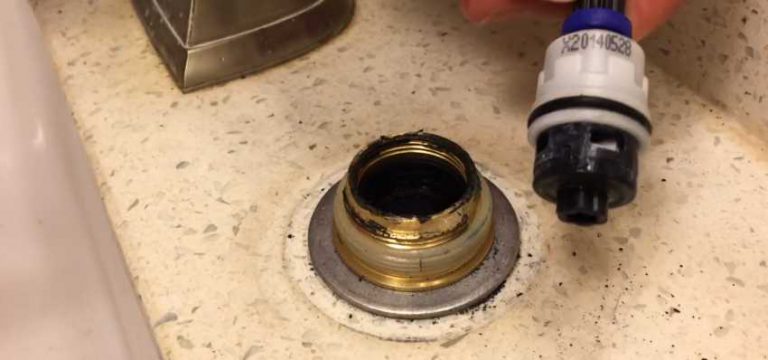 A kitchen sink with a sprayer is a valuable addition to any home. Not only does it make washing dishes and cleaning up after meals easier, but it also allows for more efficient use of water. However, when the water pressure in your kitchen sink with sprayer drops, it can be a major inconvenience. This issue can affect the functionality of your sink and impact your daily tasks in the kitchen.
A kitchen sink with a sprayer is a valuable addition to any home. Not only does it make washing dishes and cleaning up after meals easier, but it also allows for more efficient use of water. However, when the water pressure in your kitchen sink with sprayer drops, it can be a major inconvenience. This issue can affect the functionality of your sink and impact your daily tasks in the kitchen.
Common Causes of Low Water Pressure
 There are several reasons why you may be experiencing a drop in water pressure in your kitchen sink with sprayer. One common cause is a clogged or faulty aerator. This small mesh screen at the end of the faucet can become clogged with debris, reducing the flow of water. Additionally, sediment buildup in your pipes can also lead to low water pressure. Another possible cause is a leak in your plumbing system, which can cause a decrease in water pressure.
There are several reasons why you may be experiencing a drop in water pressure in your kitchen sink with sprayer. One common cause is a clogged or faulty aerator. This small mesh screen at the end of the faucet can become clogged with debris, reducing the flow of water. Additionally, sediment buildup in your pipes can also lead to low water pressure. Another possible cause is a leak in your plumbing system, which can cause a decrease in water pressure.
The Importance of Addressing Low Water Pressure
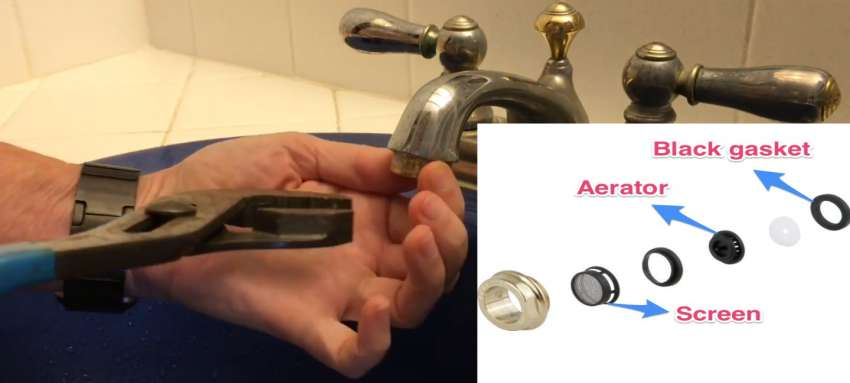 Ignoring low water pressure in your kitchen sink with sprayer can lead to bigger problems in the future. A clogged aerator or sediment buildup can cause damage to your plumbing system if left untreated. A leak, if left undetected, can result in water damage and costly repairs. Furthermore, low water pressure can make it more difficult to complete daily tasks in the kitchen, causing frustration and inconvenience.
Ignoring low water pressure in your kitchen sink with sprayer can lead to bigger problems in the future. A clogged aerator or sediment buildup can cause damage to your plumbing system if left untreated. A leak, if left undetected, can result in water damage and costly repairs. Furthermore, low water pressure can make it more difficult to complete daily tasks in the kitchen, causing frustration and inconvenience.
How to Resolve Low Water Pressure
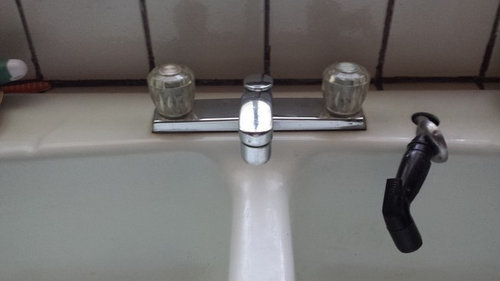 To address low water pressure in your kitchen sink with sprayer, start by checking the aerator. If it is clogged, remove it and clean it thoroughly before placing it back on the faucet. If the issue persists, it may be necessary to call a professional plumber to inspect your plumbing system for any leaks or sediment buildup. Regular maintenance of your plumbing system can also help prevent low water pressure in the future.
To address low water pressure in your kitchen sink with sprayer, start by checking the aerator. If it is clogged, remove it and clean it thoroughly before placing it back on the faucet. If the issue persists, it may be necessary to call a professional plumber to inspect your plumbing system for any leaks or sediment buildup. Regular maintenance of your plumbing system can also help prevent low water pressure in the future.
In Conclusion
 Having a kitchen sink with a sprayer is a convenient and useful feature in any home. However, when the water pressure in your sink drops, it can be a major inconvenience. By understanding the common causes of low water pressure and addressing the issue promptly, you can maintain the functionality of your sink and prevent potential damage to your plumbing system. Remember to regularly check and maintain your plumbing system to avoid any future issues with water pressure in your kitchen sink with sprayer.
Having a kitchen sink with a sprayer is a convenient and useful feature in any home. However, when the water pressure in your sink drops, it can be a major inconvenience. By understanding the common causes of low water pressure and addressing the issue promptly, you can maintain the functionality of your sink and prevent potential damage to your plumbing system. Remember to regularly check and maintain your plumbing system to avoid any future issues with water pressure in your kitchen sink with sprayer.










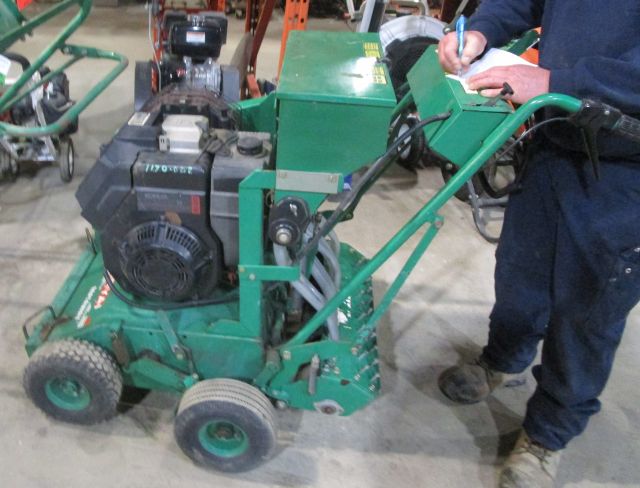
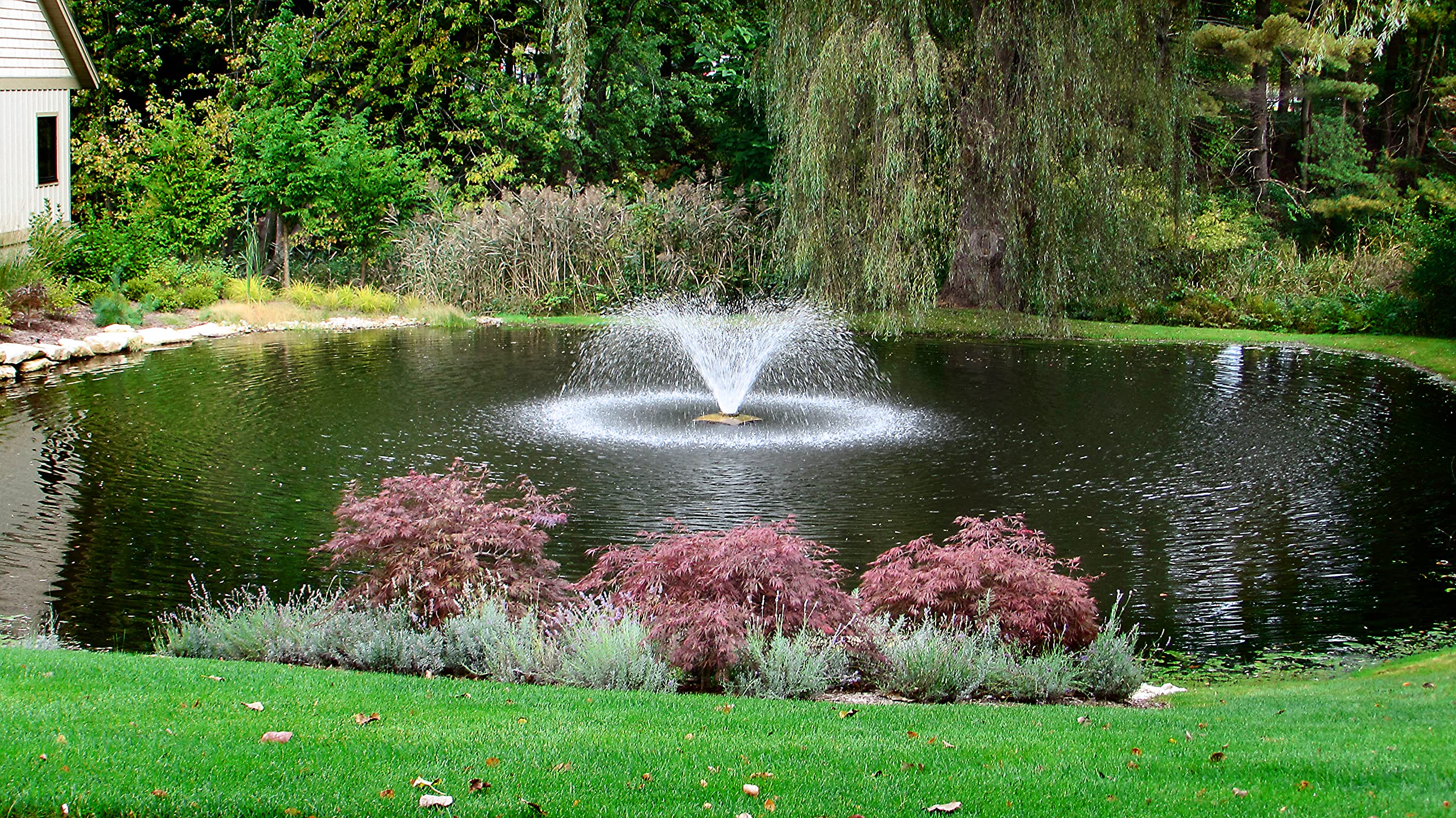
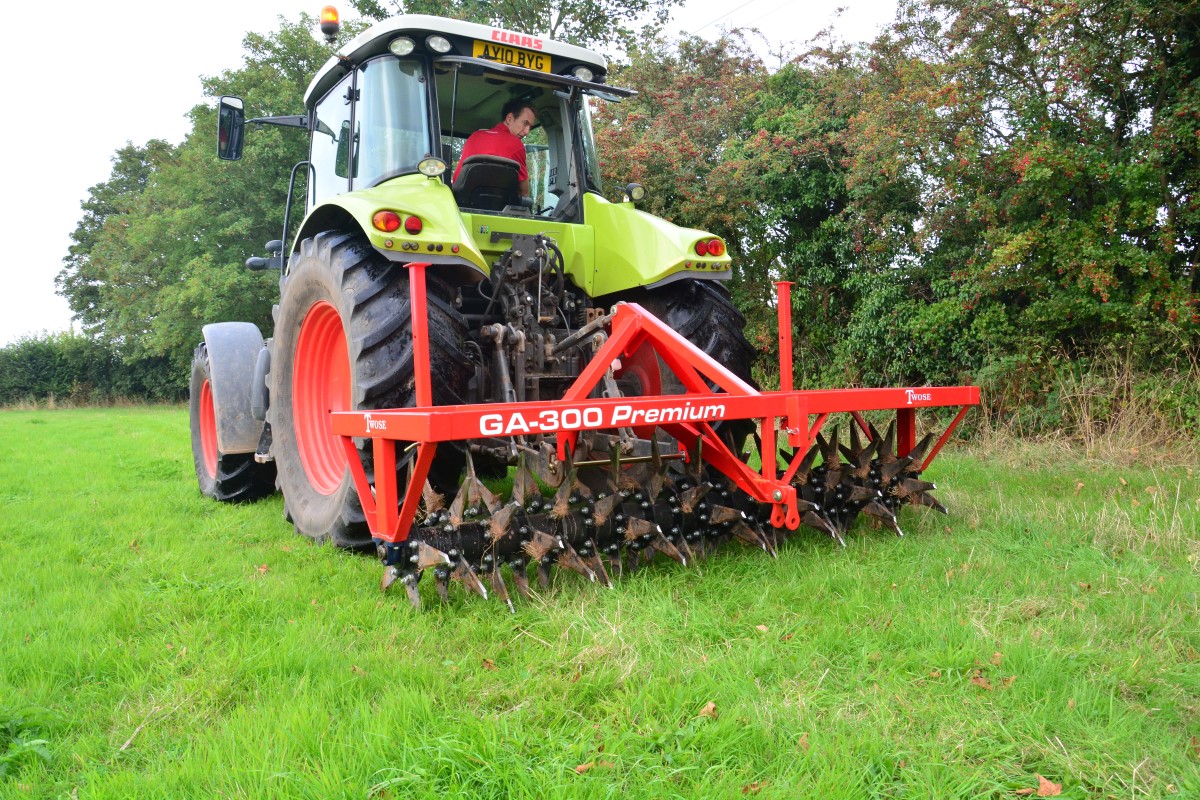
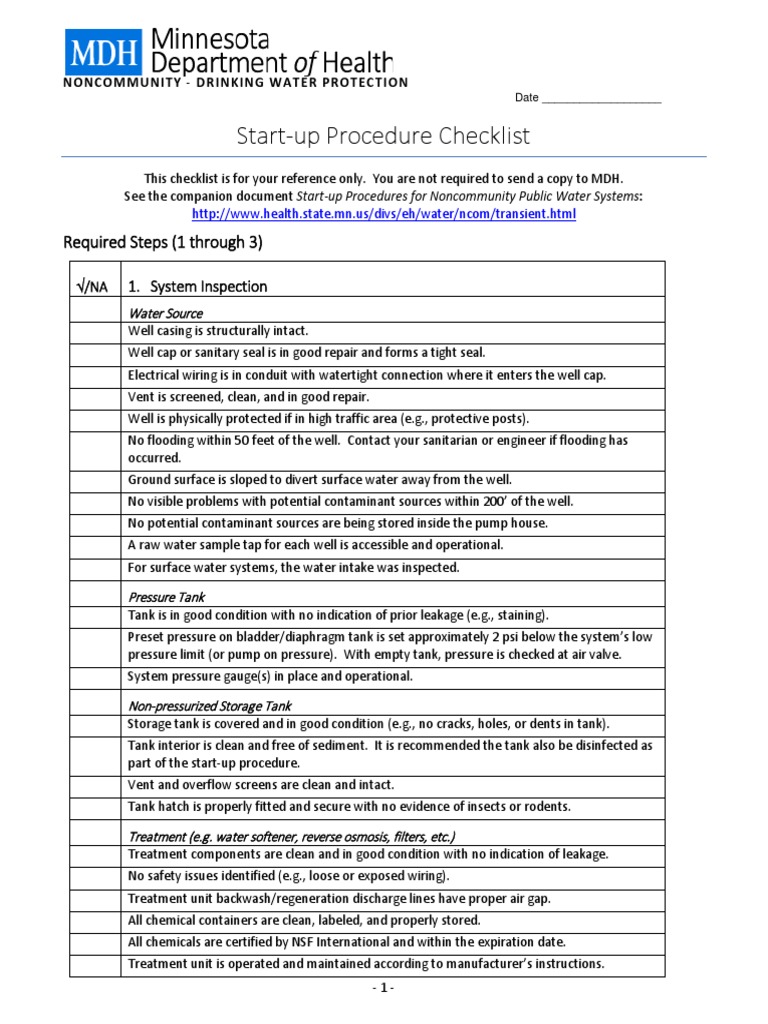

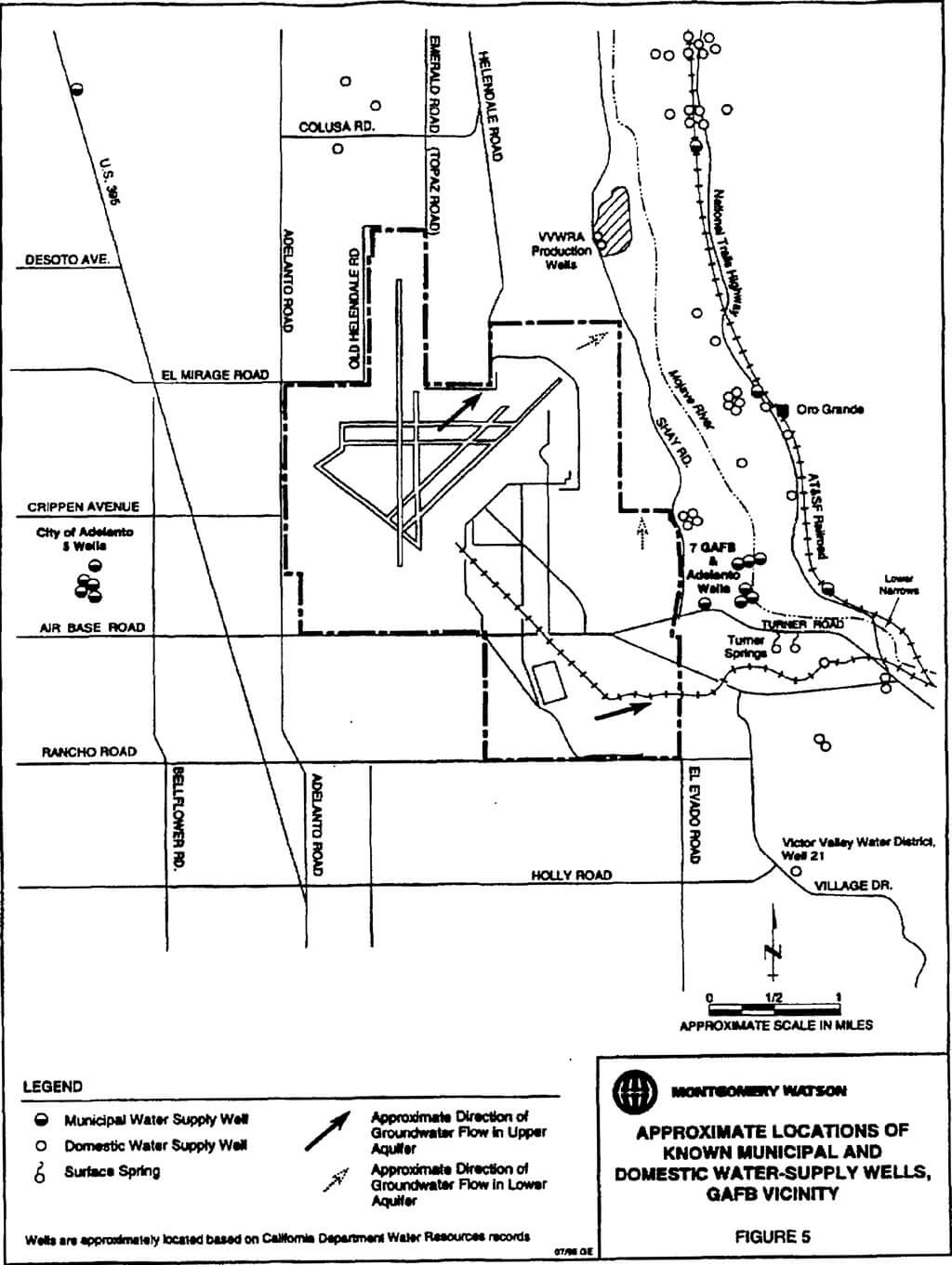
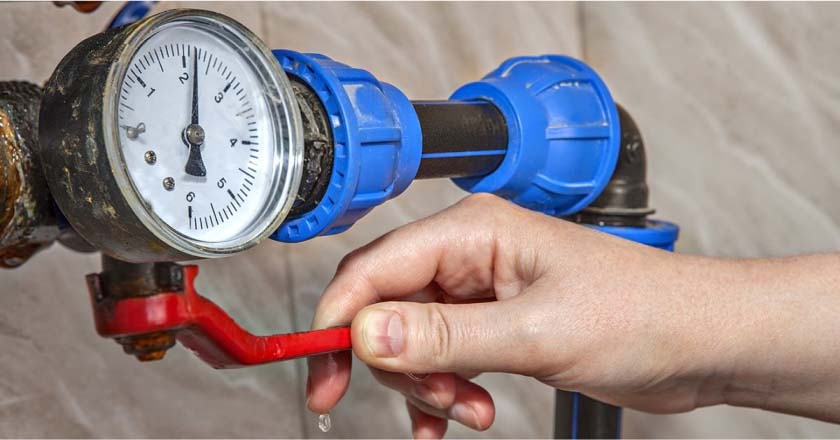
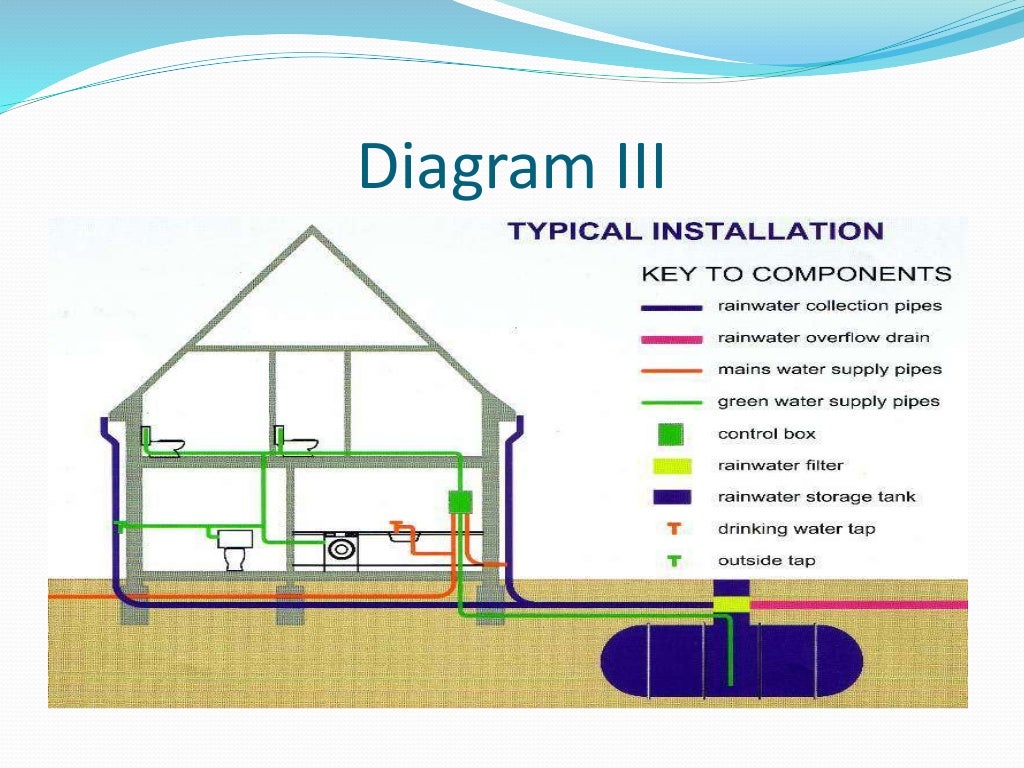


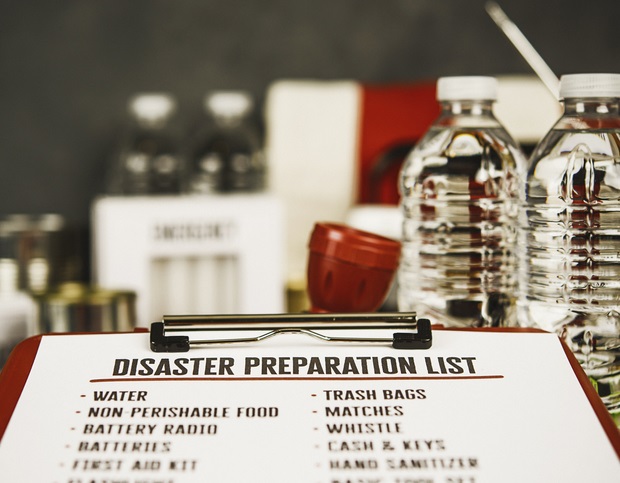


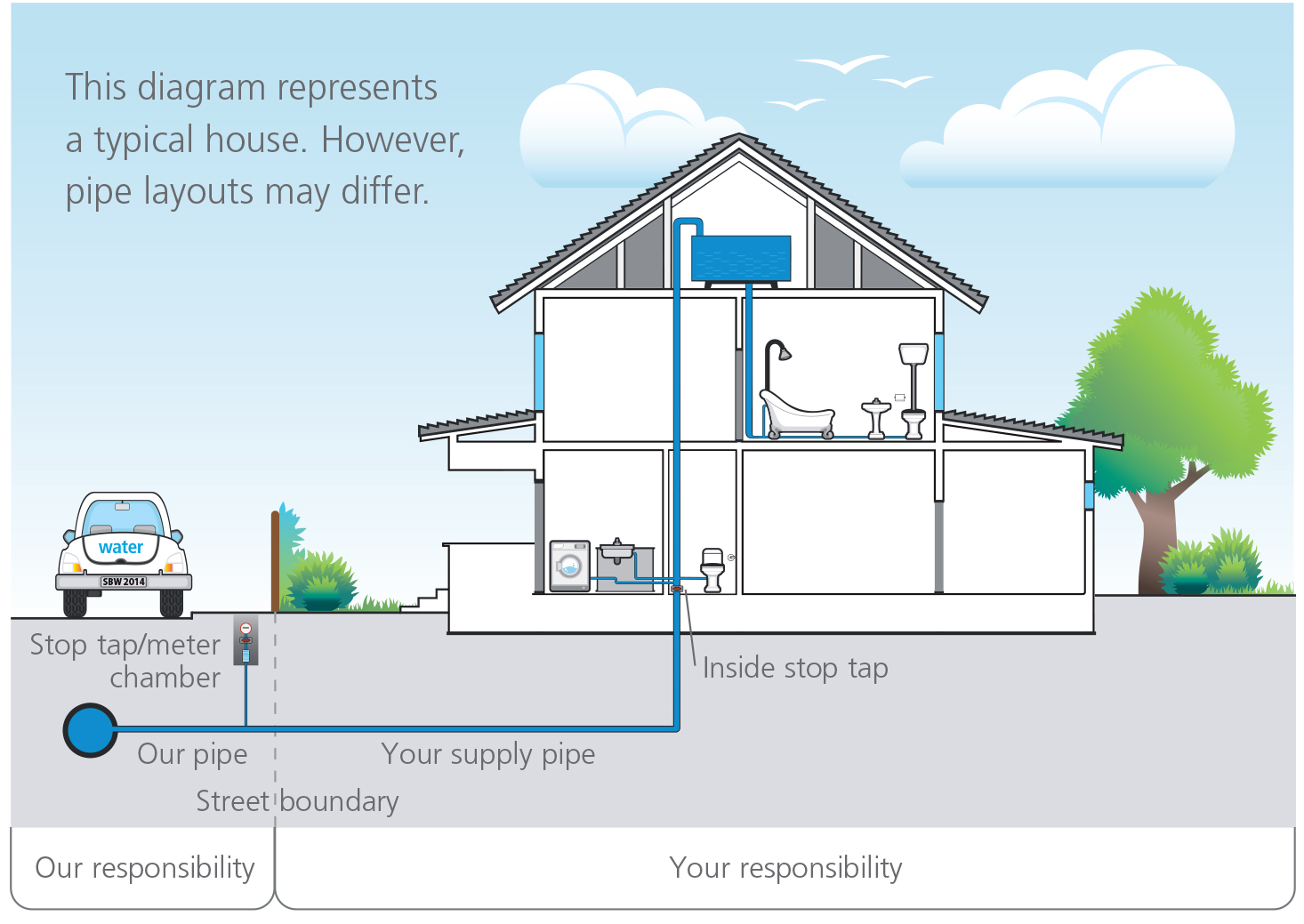

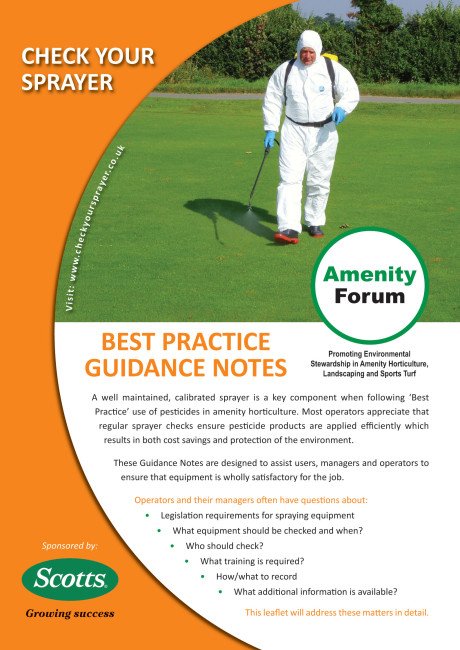


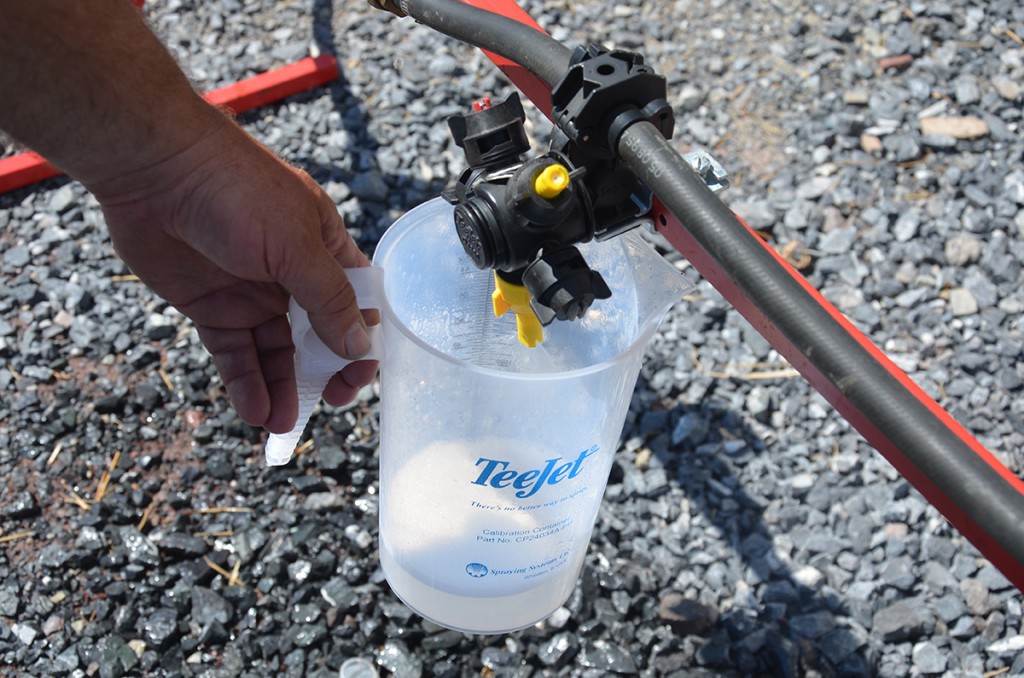
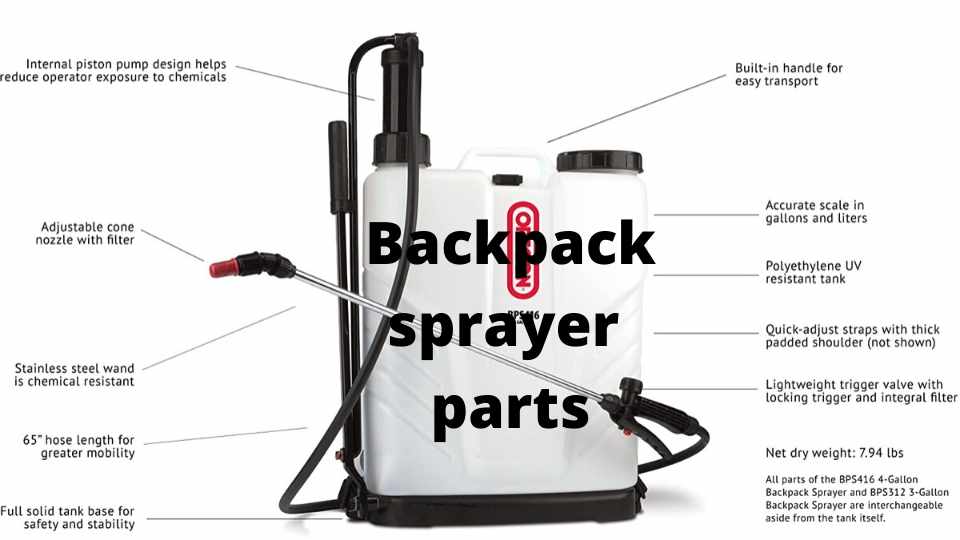
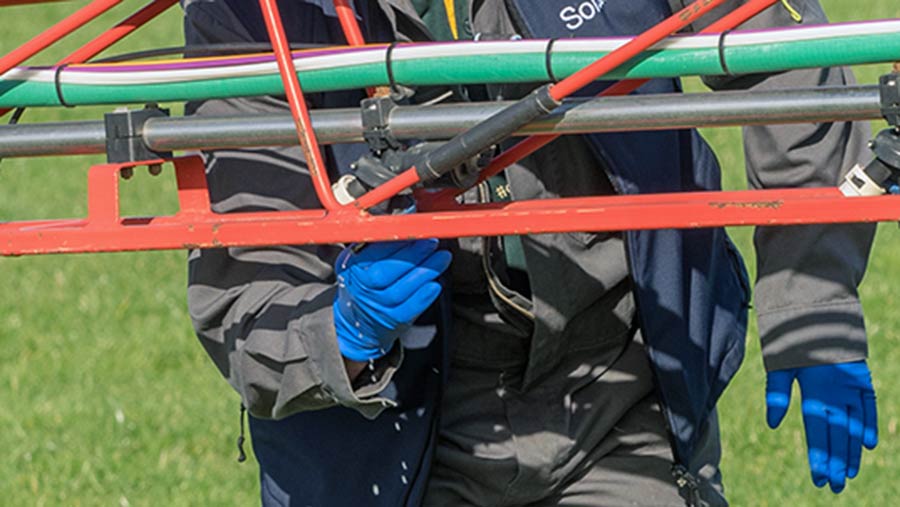

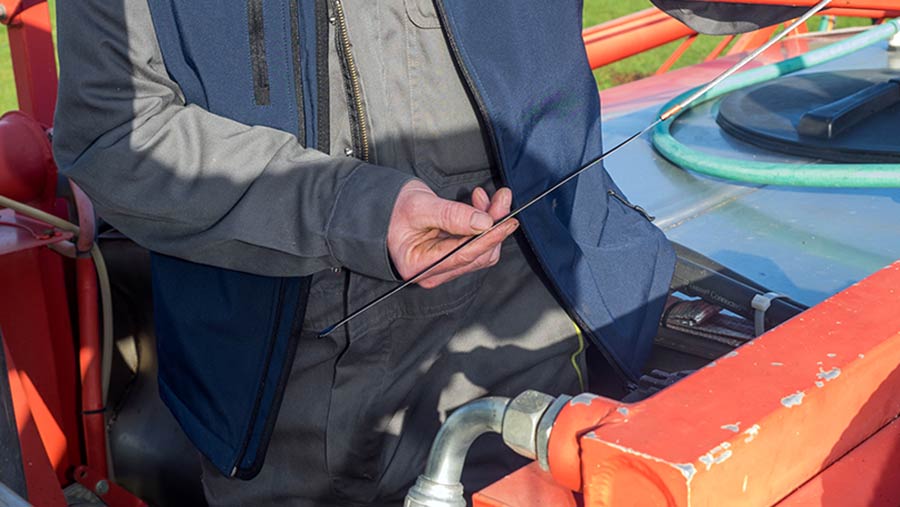
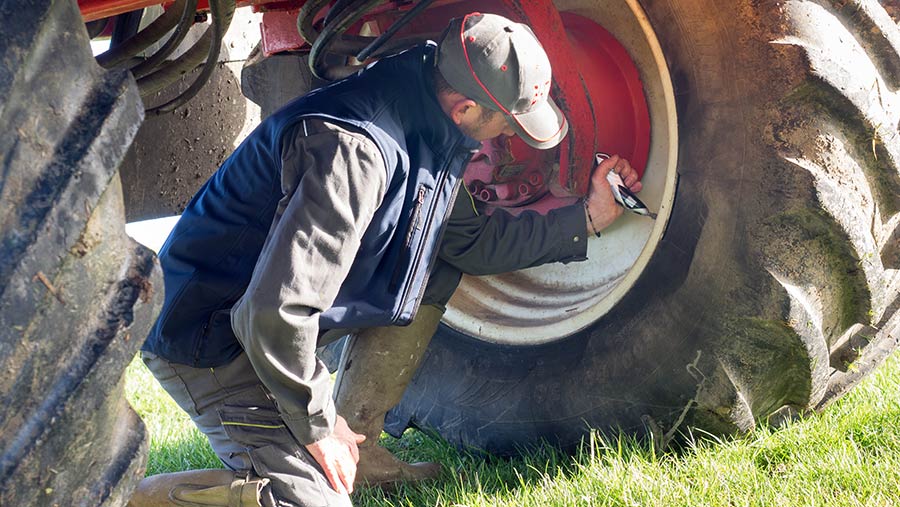




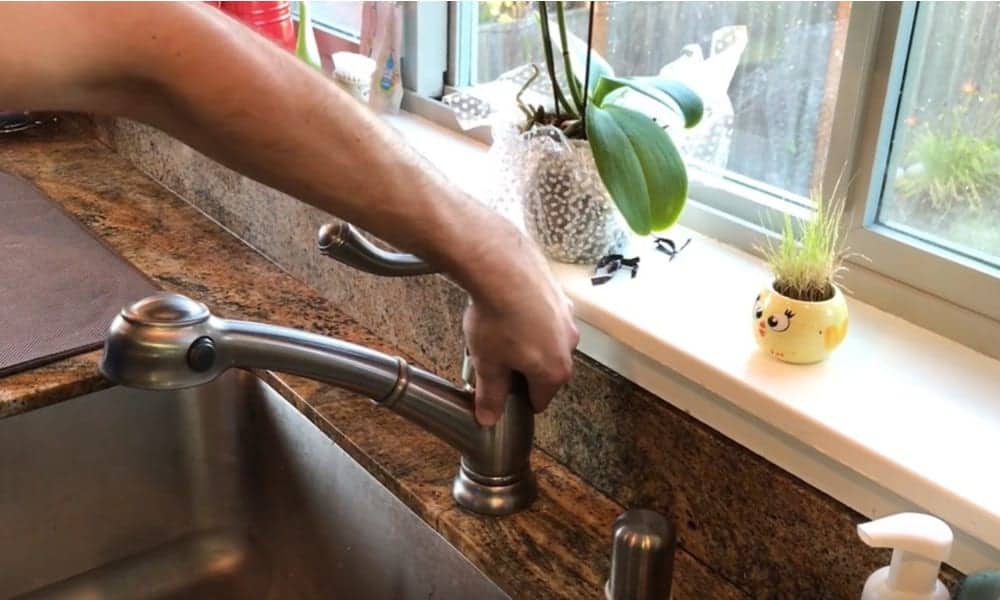



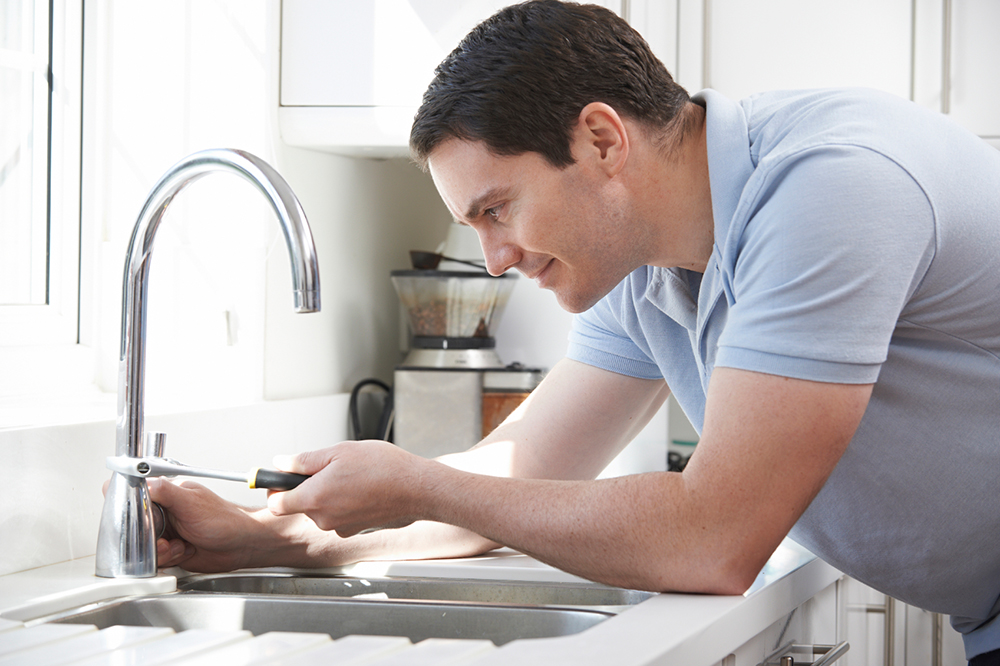

















:max_bytes(150000):strip_icc()/the-men-s-hand-opens-the-ball-valve-on-the-collector-1006810456-5c5fc73fc9e77c000159c4af.jpg)



:max_bytes(150000):strip_icc()/testing-water-pressure-in-your-home-2718692-04-c37ab3236d0d4b61b87079ebf9ef823e.jpg)







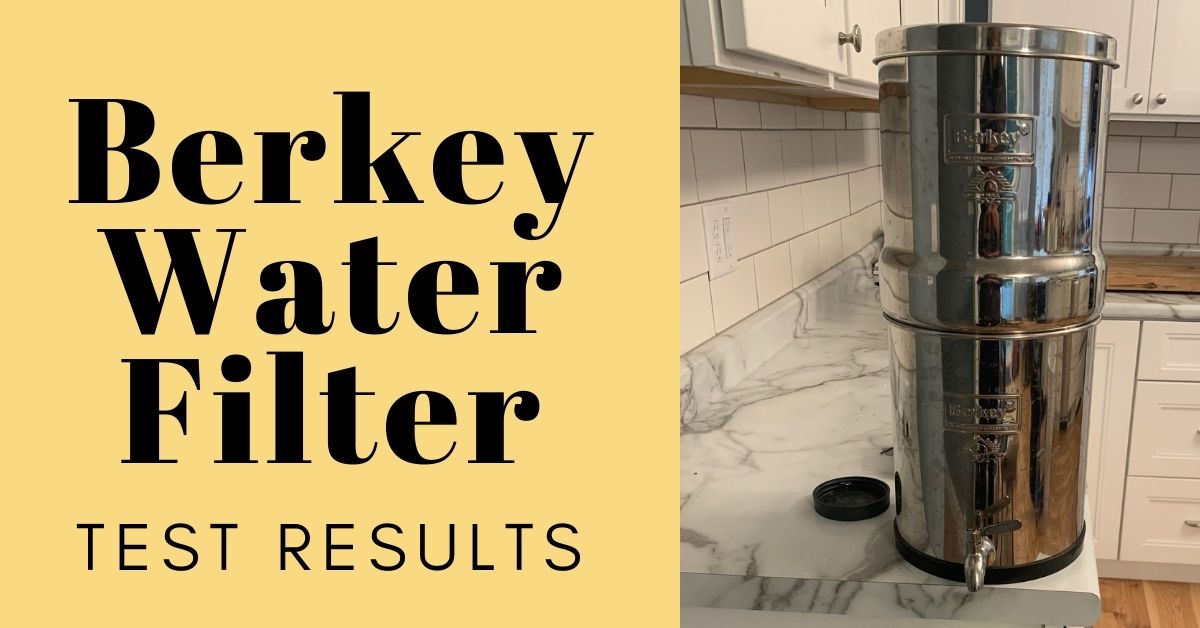
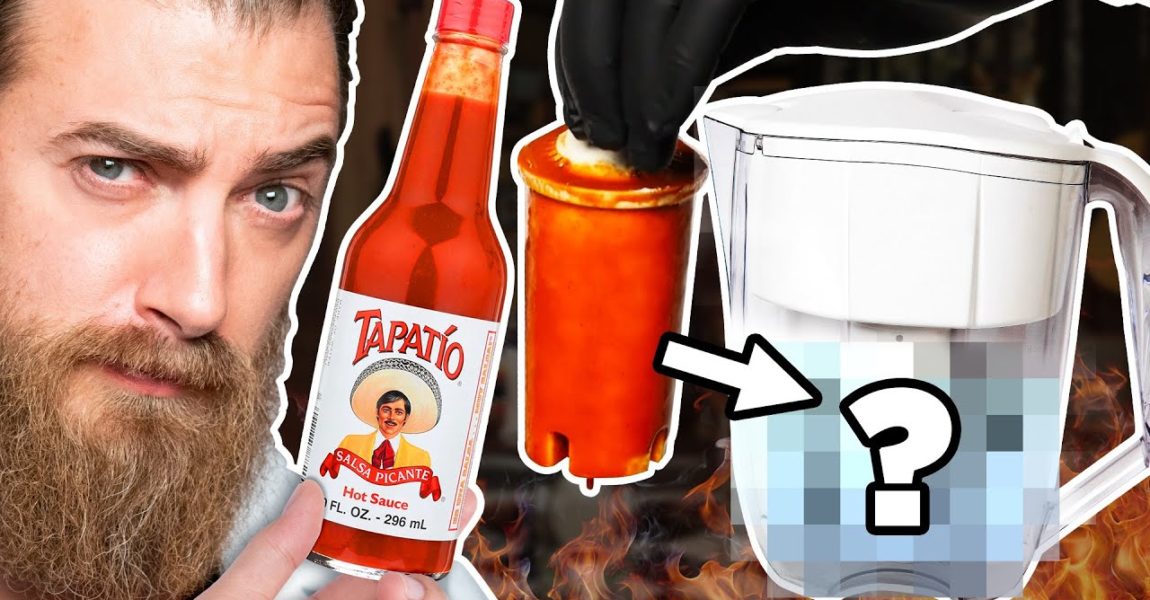
/cdn.vox-cdn.com/uploads/chorus_image/image/63879746/WaterFilter_2.0.jpg)





